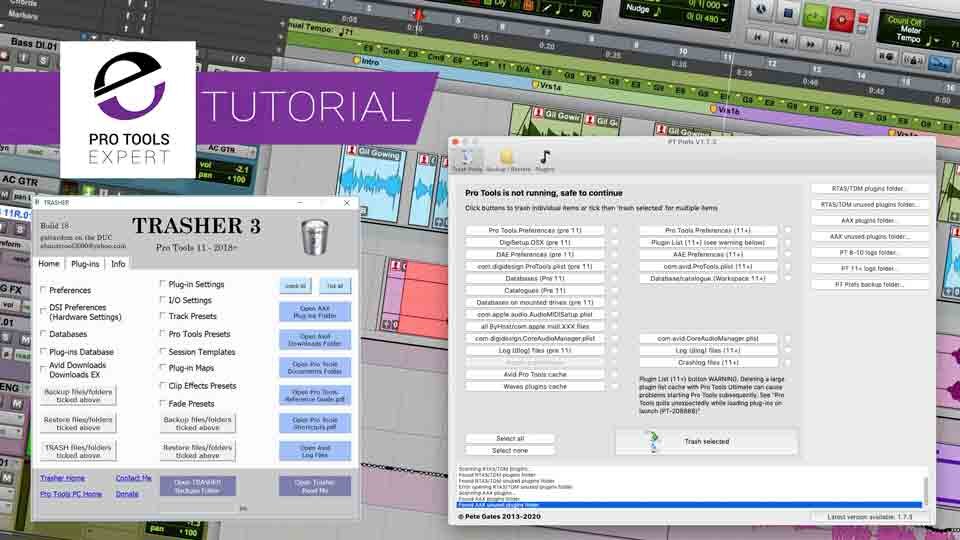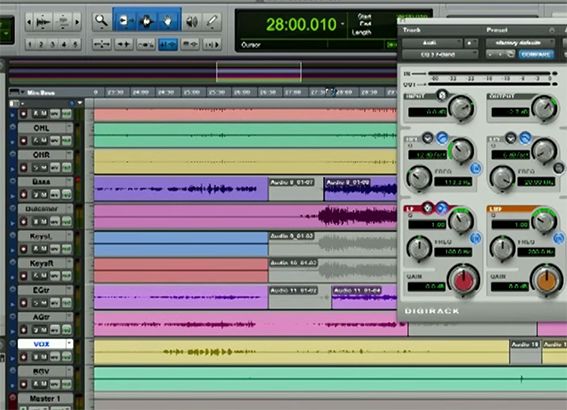
- #Waves 9 pro tools 10 how to#
- #Waves 9 pro tools 10 install#
- #Waves 9 pro tools 10 update#
- #Waves 9 pro tools 10 pro#
- #Waves 9 pro tools 10 software#
#Waves 9 pro tools 10 pro#
Our Top 10 Picks for the Best Pro Tools Templatesįrom templates that speed up mixing board setup to ones that seamlessly rework vocal tracks, these are our top 10 picks for the best Pro Tools templates.

Want to quickly alter your vocals to sound like Kanye? There’s a template for that. You can also use templates to replicate certain sounds and tones for vocals, guitars, keyboards and a whole host of other instruments, getting the EQ just right. Using templates allows you to quickly set up a session just how you like it, so you can get to work faster in your next Pro Tools recording session. However, as you start using it more frequently, you may find that you end up having to create the same tracks and adjust the same settings over and over again, which can be incredibly time-consuming. What makes Pro Tools so versatile is that it functions as a blank canvas that can be configured according to your needs.
#Waves 9 pro tools 10 software#
Once all software components are installed and authorized and all hardware components have been connected according to the SoundGrid System diagram, it’s time to launch the Waves MultiRack Application. You can authorize a USB key to move licenses around between different computers or you can authorize the computer hard drive running MultiRack-whichever is more convenient for your workflow. Waves Central also allows you to manage your Waves licenses.
#Waves 9 pro tools 10 install#
Assuming that you have to set up the SoundGrid system from scratch and the hardware components are connected following the system diagram, you will need to install Waves Central on your Computer: Lets have a more detailed look at setting up the Waves MultiRack software on the computer. SoundGrid system components communicate over Ethernet, so the SoundGrid Server, the DigiGrid MGB and the computer running Waves MultiRack software speak to each other through this Ethernet switch. The SoundGrid Switch is an Ethernet switch. This computer servers as the user interface or GUI for Waves Plug-ins. Computer requirements are listed on the Waves website. The Digigrid MGB uses four BNC connections to allow for 64 channels of MADI 96 KHz.Ĭomputer running Waves MultiRack software The DigiGrid MGB is a MADI interface that allows you to send MADI streams back and forth between the SoundGrid server and the VENUE MADI-192 Option card. There are comprehensive charts available on the Waves website so I won’t get into the differences between each system, but it basically comes down to processing power and the number of plug-ins you can run on each of these servers.

Waves currently offers a choice of three different SoundGrid servers: the Extreme Server, the Server One, and the Impact Server. To run a Waves SoundGrid system compliant for integration with S6L you will need the following components: On the VENUE | S6L side, the E6L Engine needs to have a MADI-192 MADI Option Card.

#Waves 9 pro tools 10 how to#
So lets have a look at the requirements for this integration and how to set it up.

It is this flexibility that allows the S6L to fully integrate and communicate with a Waves SoundGrid system over MADI. These streams are 100% flexible and patchable as inputs, outputs and hardware inserts. Four BNC connectors enable two 96 kHz MADI streams into and out of the VENUE | S6L system. The MADI-192 enables the user to send and receive up to 64 channels of audio per card between S6L and any MADI audio device.
#Waves 9 pro tools 10 update#
The Avid VENUE 5.3 update for VENUE | S6L was not only a software update-it also added support for the high channel count VENUE MADI-192 MADI Option Card which can be added to S6L’s E6L Engine.


 0 kommentar(er)
0 kommentar(er)
